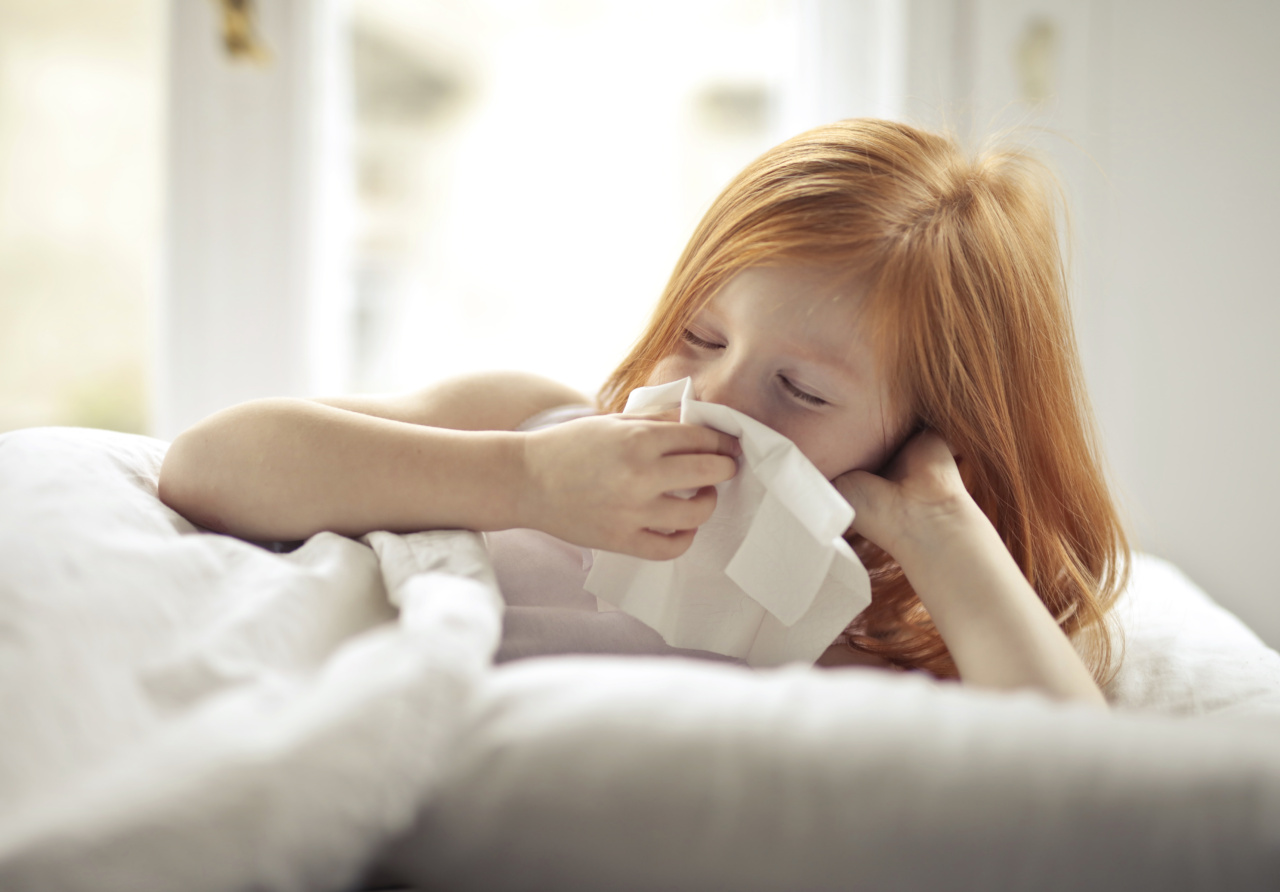Drooling is a common occurrence in infants and young children. As they grow and develop, they gradually gain control over their saliva and learn to swallow it. However, in some cases, drooling in children can be a symptom of something more serious.
It is essential for parents and caregivers to understand when drooling may indicate an underlying medical condition and take appropriate action.
Normal Developmental Drooling in Infants
Drooling is frequently observed in infants during their early months. This is considered a part of normal development as their salivary glands begin producing saliva.
Infants lack the muscle control necessary to swallow the excess saliva efficiently, resulting in drooling.
The typical age range for drooling to occur in infants is from three to four months. It usually peaks around six months and gradually decreases as their swallowing skills improve.
By the time infants are around 18 months old, drooling should have significantly decreased or ceased altogether.
During this period, it is crucial to ensure good oral hygiene to prevent any skin irritation caused by the constant presence of saliva. Gentle wiping of the chin and cheeks with a soft cloth can help keep the area clean and dry.
When is Drooling a Cause for Concern?
While drooling is generally considered normal during infancy, there are instances where it can be a cause for concern.
If a child continues to drool excessively beyond the expected age range or experiences other accompanying symptoms, it may indicate an underlying medical condition.
1. Speech and Language Delay
One common reason for persistent drooling in older children is a speech and language delay. Difficulties in oral motor skills can affect a child’s ability to control their saliva and result in excessive drooling.
It is important to monitor a child’s speech development and consult with a healthcare professional if there are concerns.
Speech and language therapy may be recommended to help improve muscle control and facilitate speech development. The therapist can also suggest exercises and techniques to minimize drooling.
2. Neurological Disorders
Neurological disorders can also contribute to drooling in children. Certain conditions affect the nerves responsible for controlling the muscles involved in swallowing, leading to excessive salivation.
Some neurological disorders linked to drooling include cerebral palsy, Down syndrome, and developmental delays.
If excessive drooling is accompanied by other signs of neurological involvement, such as muscle weakness, tremors, or difficulties in coordination, it is essential to seek medical evaluation.
A thorough assessment by a healthcare professional specializing in pediatric neurology can help identify the underlying condition and guide appropriate treatment and management.
3. Swallowing Difficulties
Children with swallowing difficulties may also experience drooling. Swallowing is a complex process that requires coordination between muscles and nerves.
Any disruption or impairment in this process can result in saliva pooling around the mouth rather than being swallowed properly.
In some cases, swallowing difficulties may be related to anatomical issues, such as an abnormally small or narrow throat.
Additionally, conditions like acid reflux, allergies, or infections can cause inflammation or discomfort, making swallowing more challenging and leading to increased drooling.
Consulting with a pediatrician or pediatric gastroenterologist can help determine the cause of swallowing difficulties. They may recommend dietary modifications, medication, or other therapies to address the underlying issues.
4. Dental Issues
Drooling can also be associated with dental problems in children. Teething is a common cause of excessive salivation, typically occurring between four to six months of age and lasting until around two years old.
As teeth emerge through the gums, increased saliva production can lead to drooling.
However, dental issues such as malocclusion or misalignment of the teeth and jaw can also contribute to excessive drooling.
In these cases, addressing the dental concerns through orthodontic treatments or dental interventions can help alleviate the drooling.
5. Respiratory Problems
Certain respiratory conditions can be associated with drooling in children. Blockages in the upper airway, such as enlarged adenoids or tonsils, can cause mouth breathing, which may result in excessive saliva production and drooling.
In some cases, drooling may be a sign of a more severe respiratory issue, such as obstructive sleep apnea.
This condition involves partial or complete blockage of the airway during sleep, leading to disrupted breathing patterns, snoring, and mouth breathing.
If respiratory problems are suspected, it is essential to consult with a pediatrician or a pediatric ear, nose, and throat specialist. They can assess the airway and recommend appropriate interventions or treatments to address the underlying cause.
When to Seek Medical Attention
It is crucial to seek medical attention if drooling is persistent, excessive, or accompanied by other concerning symptoms. Some indications that warrant a healthcare professional’s evaluation include:.
- Excessive drooling beyond the expected age range
- Speech and language delays
- Neurological signs and symptoms
- Swallowing difficulties
- Dental issues
- Respiratory problems
A healthcare professional can conduct a thorough examination, review medical history, and order any necessary tests or consultations with specialists.
Identifying and addressing the underlying cause of drooling is crucial to ensure appropriate management and support for the child.
Remember, each child is unique, and while drooling may be a symptom of something more serious in some cases, most children outgrow excessive drooling as they develop.
Monitoring their overall development, seeking medical attention when needed, and following healthcare professionals’ guidance will aid in ensuring their well-being.





























